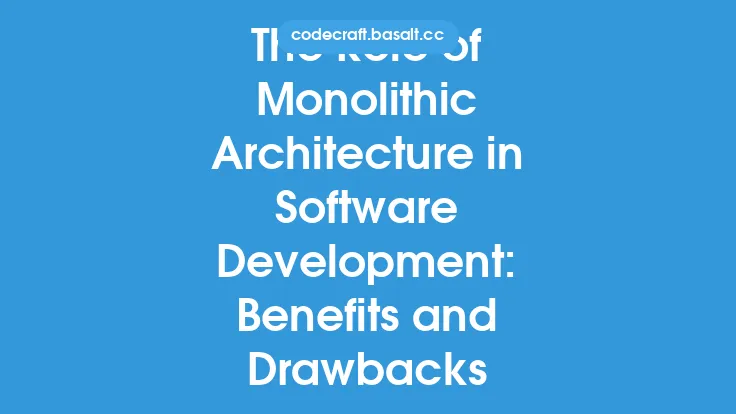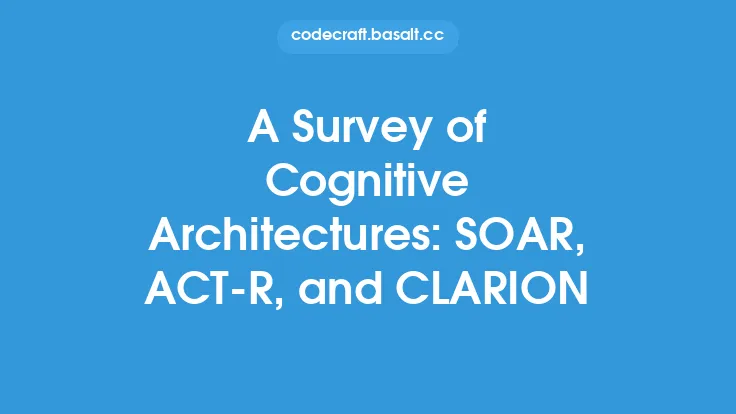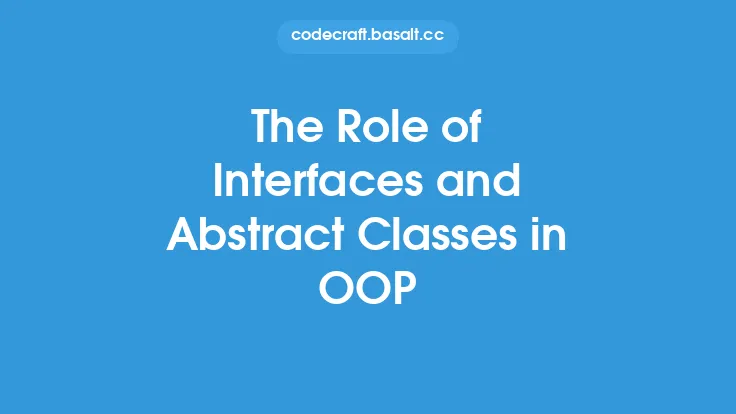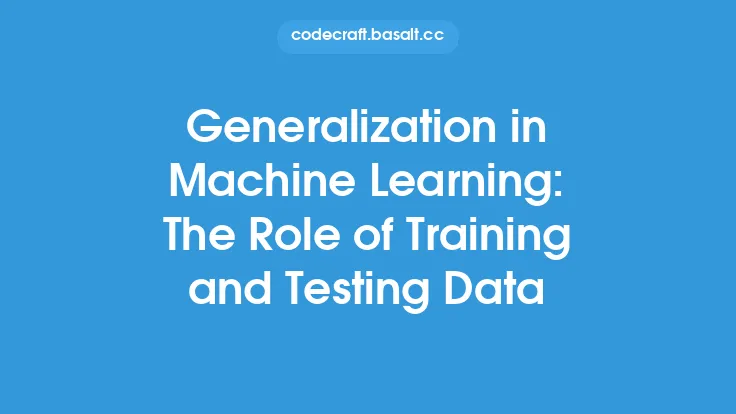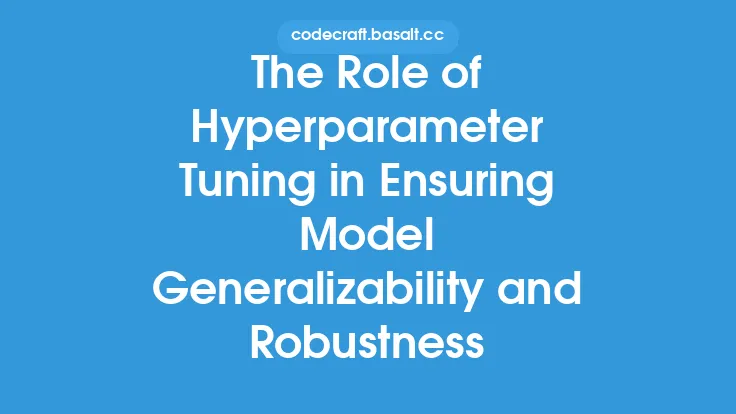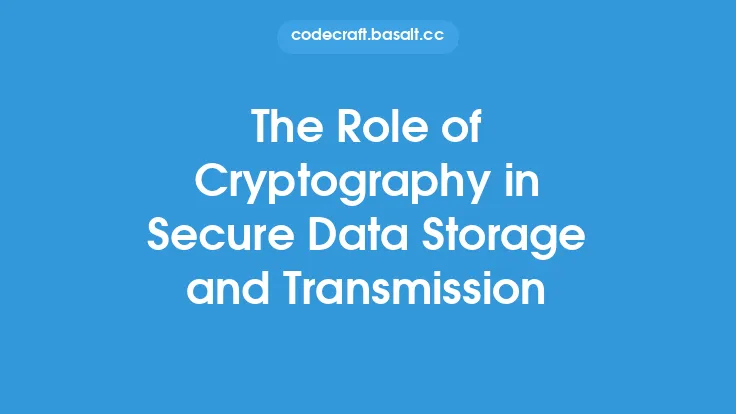Dependency parsing and semantic role labeling are two fundamental concepts in natural language processing (NLP) that have gained significant attention in recent years. These techniques are crucial for understanding the structure and meaning of natural language, enabling computers to process and analyze human language more effectively. In this article, we will delve into the world of dependency parsing and semantic role labeling, exploring their definitions, applications, and techniques.
Introduction to Dependency Parsing
Dependency parsing is a technique used to analyze the grammatical structure of a sentence, representing the relationships between words as a dependency tree. This tree shows how each word in the sentence depends on another word, either as a head or a dependent. The head word is the central word in the relationship, while the dependent word modifies or describes the head word. Dependency parsing is essential for understanding the syntactic structure of a sentence, which is critical for various NLP applications, such as machine translation, question answering, and text summarization.
Semantic Role Labeling
Semantic role labeling (SRL) is a technique used to identify the roles played by entities in a sentence, such as "who" did "what" to "whom" and "where". SRL is based on the idea that the meaning of a sentence can be represented as a set of predicate-argument structures, where a predicate is a verb or a relation, and arguments are the entities involved in that relation. SRL is crucial for understanding the semantic meaning of a sentence, enabling computers to extract relevant information and answer questions more accurately.
Techniques for Dependency Parsing
There are several techniques used for dependency parsing, including transition-based parsing, graph-based parsing, and neural network-based parsing. Transition-based parsing uses a set of transitions to build the dependency tree, while graph-based parsing uses a graph algorithm to find the maximum spanning tree. Neural network-based parsing uses a neural network to predict the dependency tree, often achieving state-of-the-art results. These techniques have been implemented in various dependency parsing tools, such as spaCy, Stanford CoreNLP, and UDPipe.
Techniques for Semantic Role Labeling
SRL techniques can be broadly categorized into two approaches: supervised and unsupervised. Supervised SRL uses annotated data to train a machine learning model, which can then be used to predict the semantic roles for new sentences. Unsupervised SRL uses clustering or other techniques to identify the semantic roles without annotated data. Some popular SRL tools include the AllenNLP SRL tool, the Stanford SRL tool, and the OpenNLP SRL tool. These tools use various machine learning algorithms, such as support vector machines, random forests, and neural networks, to predict the semantic roles.
Applications of Dependency Parsing and Semantic Role Labeling
Dependency parsing and SRL have numerous applications in NLP, including machine translation, question answering, text summarization, and information extraction. For example, dependency parsing can be used to improve machine translation by analyzing the grammatical structure of the source sentence and generating a more accurate translation. SRL can be used to improve question answering by identifying the roles played by entities in the question and the answer. Additionally, dependency parsing and SRL can be used to extract relevant information from text, such as extracting the "who", "what", and "where" from a news article.
Challenges and Future Directions
Despite the significant progress made in dependency parsing and SRL, there are still several challenges that need to be addressed. One of the major challenges is the lack of annotated data, particularly for low-resource languages. Another challenge is the complexity of the models, which can make them difficult to train and deploy. Future directions include developing more accurate and efficient models, improving the handling of out-of-vocabulary words, and exploring the application of dependency parsing and SRL to other languages and domains.
Conclusion
In conclusion, dependency parsing and semantic role labeling are two essential techniques in NLP that have numerous applications in understanding the structure and meaning of natural language. While there are several techniques and tools available for these tasks, there are still challenges that need to be addressed. As NLP continues to evolve, we can expect to see significant improvements in dependency parsing and SRL, enabling computers to process and analyze human language more effectively. By understanding the grammatical structure and semantic meaning of language, we can build more accurate and informative NLP systems, which can have a significant impact on various applications, such as machine translation, question answering, and text summarization.
